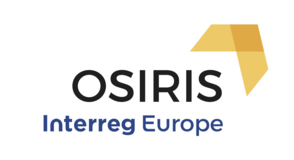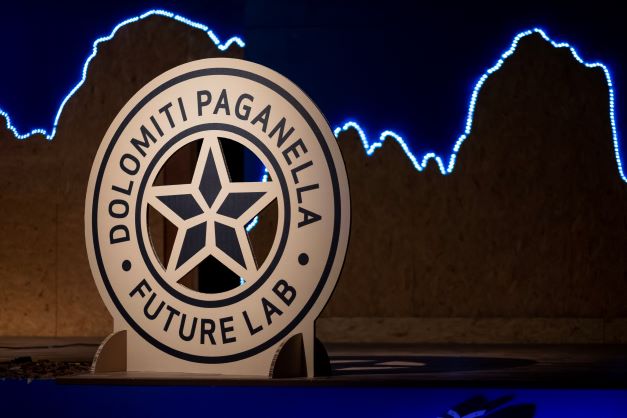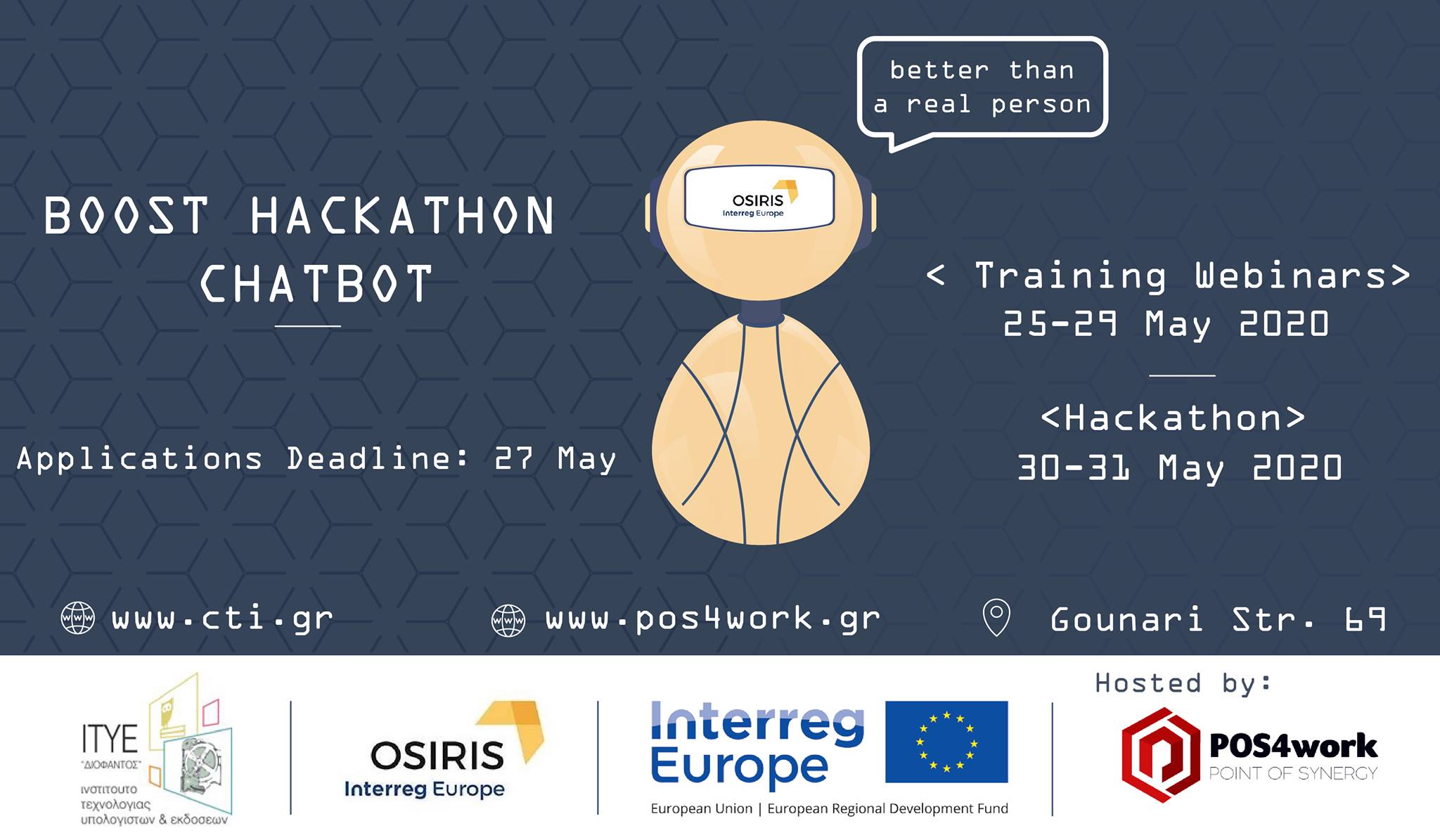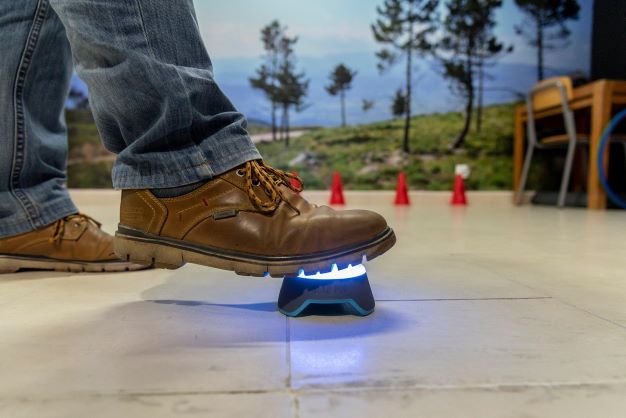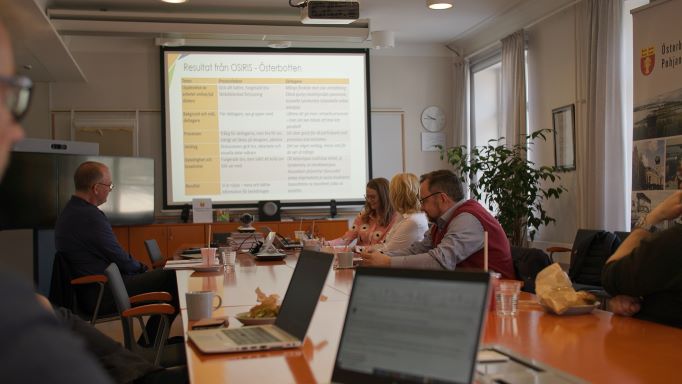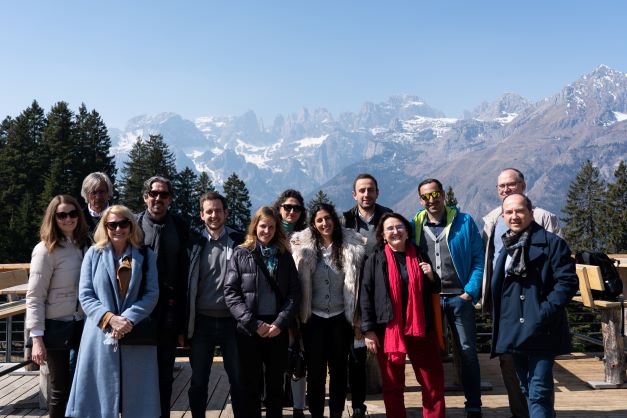1. What is The Regional Council of Ostrobothnia?
The Regional Council of Ostrobothnia is the regional public authority in the Ostrobothnia region in Finland. It is entrusted with the regional development including the materialisation of EU structural policies in Ostrobothnia. The challenge in this is to respond to regional development challenges, but also through its international work to respond to common challenges faced in Europe. In the current programming period and beyond, this includes preparation of strategies for Smart Specialisation.
The EU 2020 agenda is about growth and inclusiveness, both equally important if we in the future are going to manage the challenges that lie ahead of us. We will have to address questions like our commitment to the global climate change, migratory flows, that at least partly, can be attributed to environmental problems, and at the same time an ageing population causing an ever higher dependency ratio on the economically active population.
These general challenges will require policies that
• Make innovation a priority for all regions
• Create synergies
• Improve the innovation process
• Improve governance and get the stakeholders more involved
2. You have worked very thoroughly with Smart Specialisation and developed an Ostrobothnian model for it?
Yes, the major regional innovation agenda of the EU cohesion policy agenda is based on Smart Specialisation (RIS3). RIS3 can be characterised by the search of new growth opportunities by analysing unique regional strengths and specialisations. Public agents are expected to play a proactive role in the search for or the process of entrepreneurial discovery process (EDP). RIS3 differs from the previous EU regional policy agenda in that it is takes into account all regions and it considers a larger innovation concept than R&D-based innovations i.e. practise based innovations. The RIS3 is a bottom-up policy starting with a place-based analysis of the innovation pre-requisite.
The analysis of the innovation pre-requisite in Ostrobothnia was carried out within the framework of the AMCER-project where the innovation system of Ostrobothnia was bench-marked with eight other European regions. On the Ostrobothnian innovation system the study concluded that it is business-driven. This was an asset to build on and the study recommended a horizontal triple-helix coordination in order to tap into this potential.
Drawing on this conclusion the Regional Council launched a project in 2013 with the purpose of creating a model for Smart Specialisation. The project resulted in the “Ostrobothnian Model of Smart Specialisation”; in essence a model for gap-analysis in the triple-helix innovation networks. The approach is based on the concept of an innovation partnership and in analysing triple-helix connectivity in dialogue with stakeholders. Based on the intermittent dialogue, the Council directs funding with the purpose of bridging the most urgent gaps. The gap analysis is also a base for synergies as it provides a format for a multi-level dialogue. Moreover, it provides a tool for a visionary governance as it provides a common ground or “spectacles” for how we view the innovation process.
Have a look at a video we made on our way of working here.
There is also a continued research and development on the take on RIS 3.The research aims at communicating the findings and methodology development with the purpose of transnational learning since “an outsider perspective” will strengthen its innovation process in the region.
3.Where does Osiris come into the picture?
The OSIRIS project is also playing an important role in this process. The Ostrobothnian process is a closed model that however is being openly communicated. It builds on the concept of innovation partnerships that function well in a business driven network, but is not so well adapted for involving civil society. This is complemented with the OSIRSIS open innovation concept based on “grounding” of good practices and co-creative workshops.
Jerker Johnson
International coordinator
